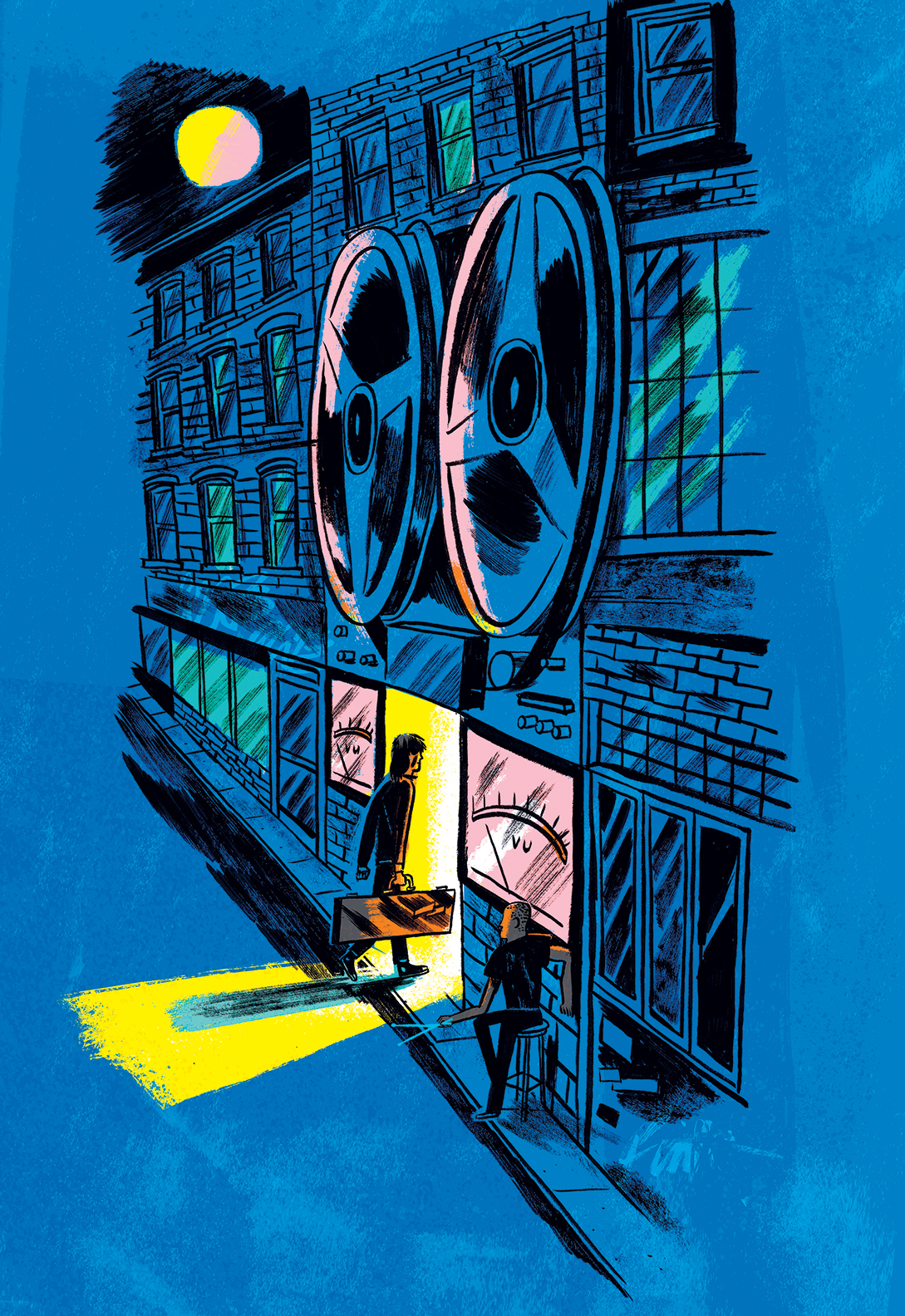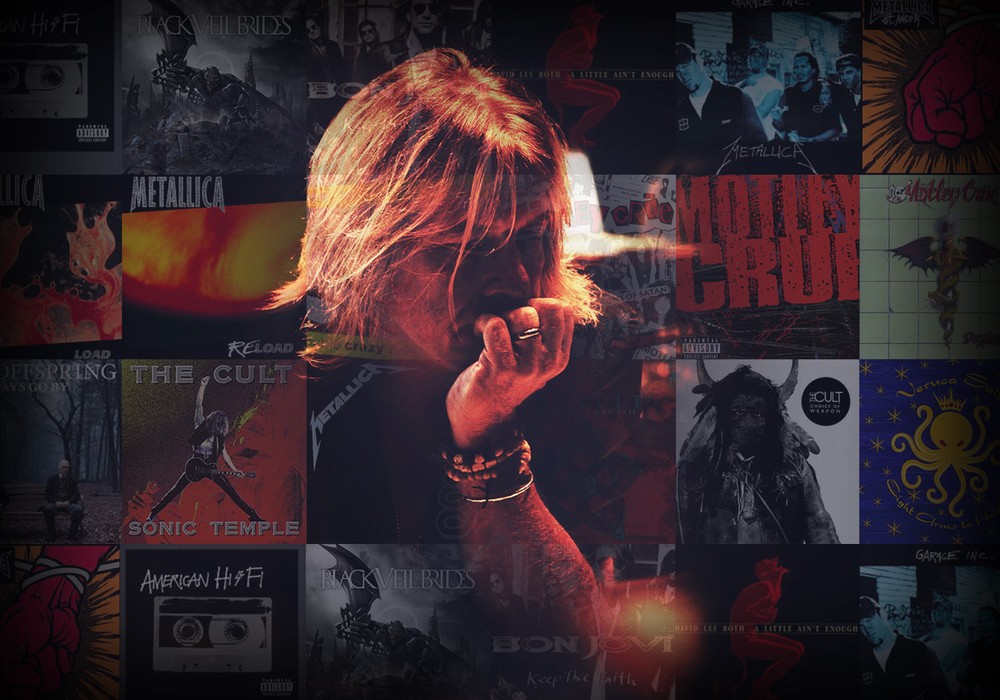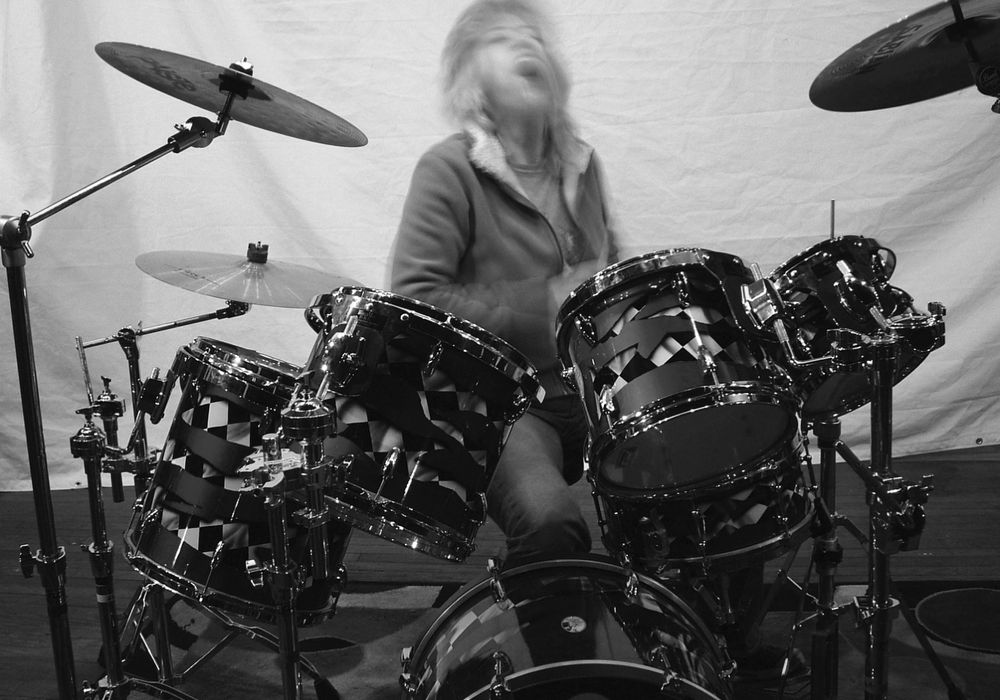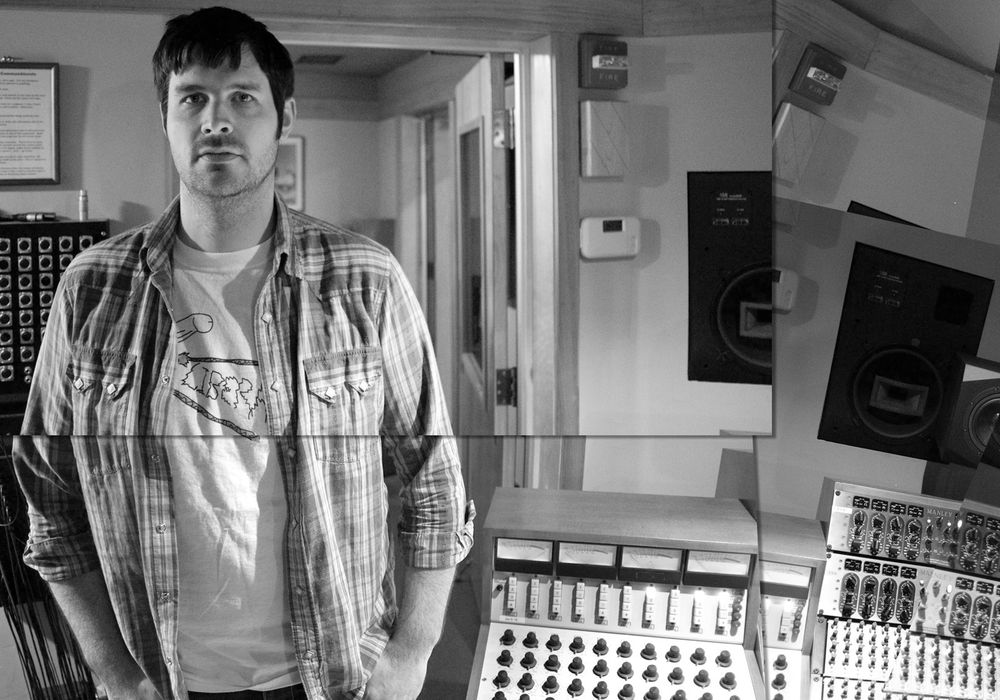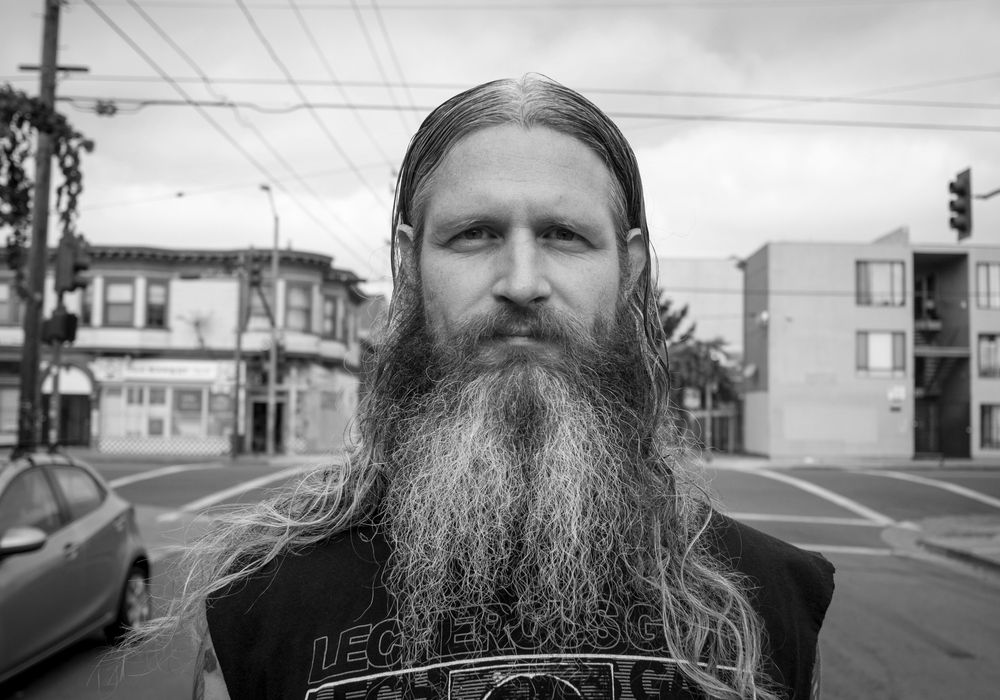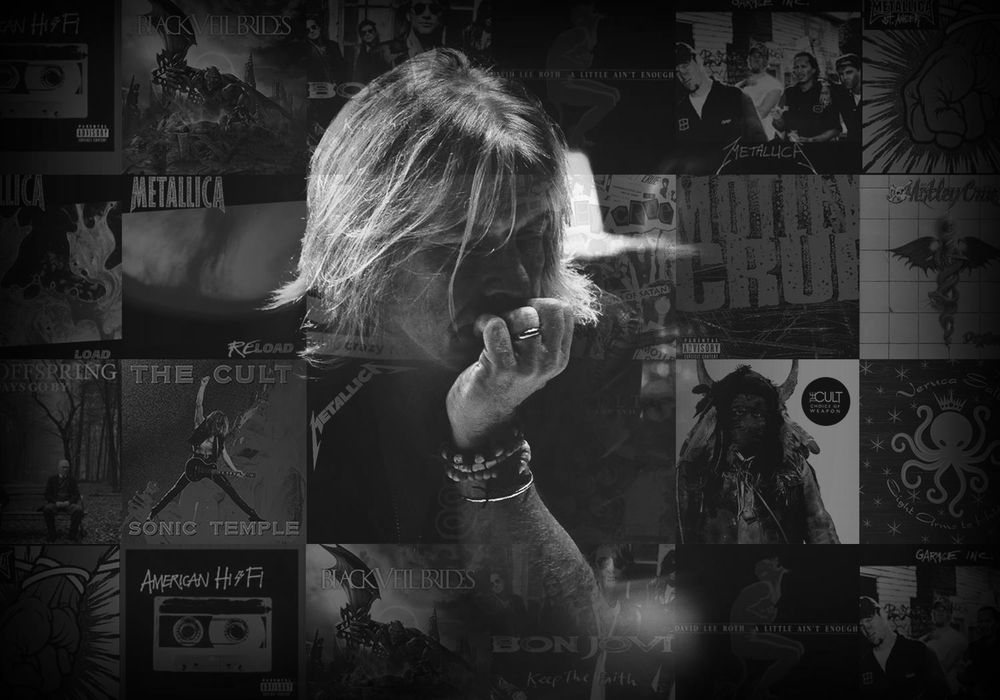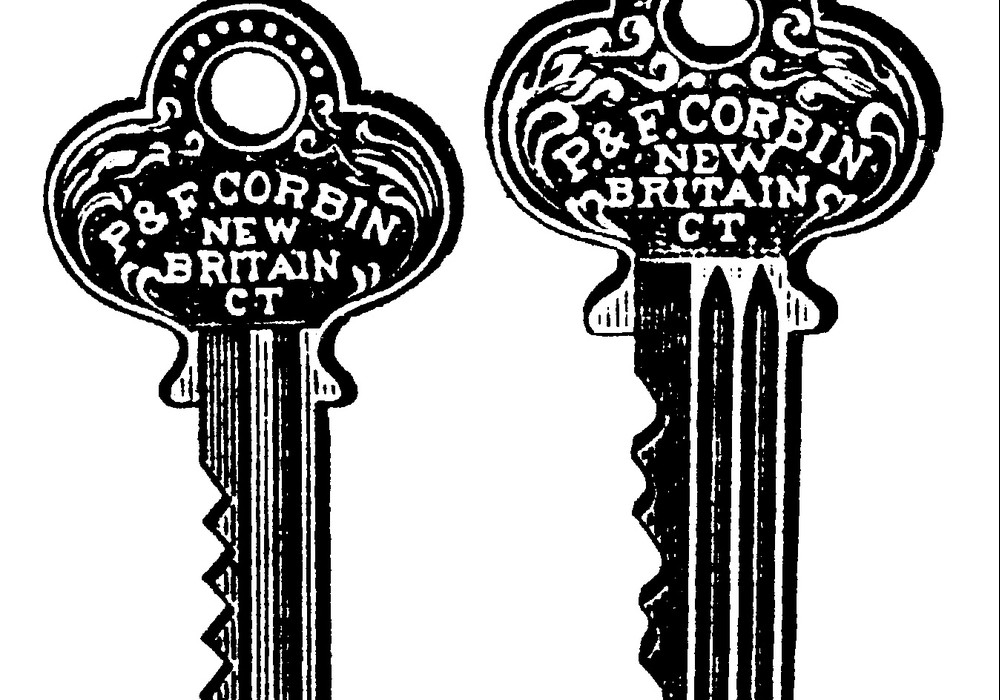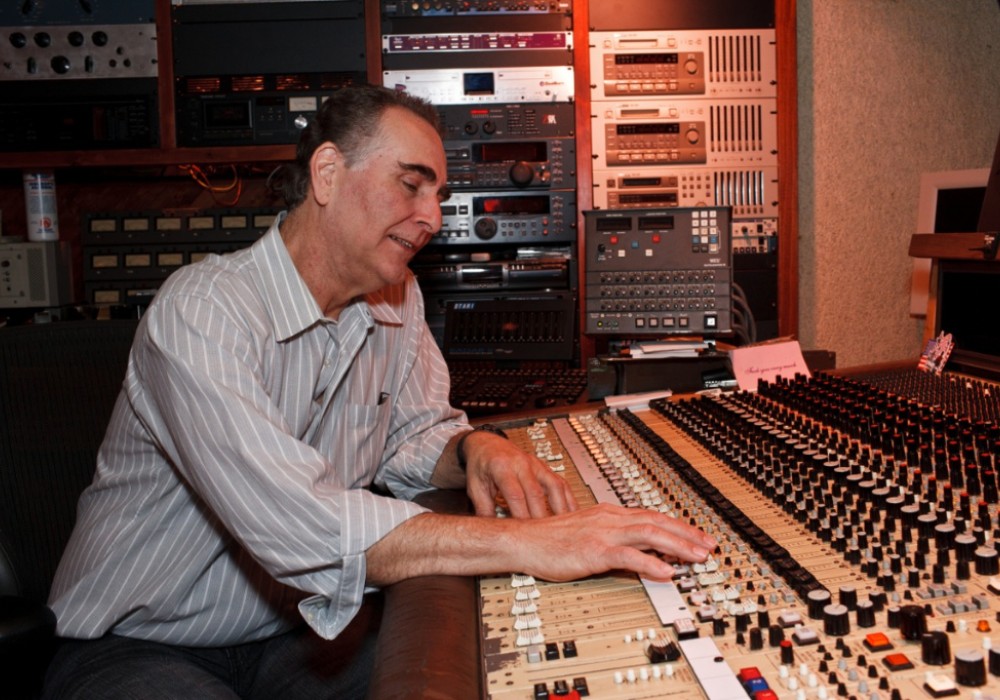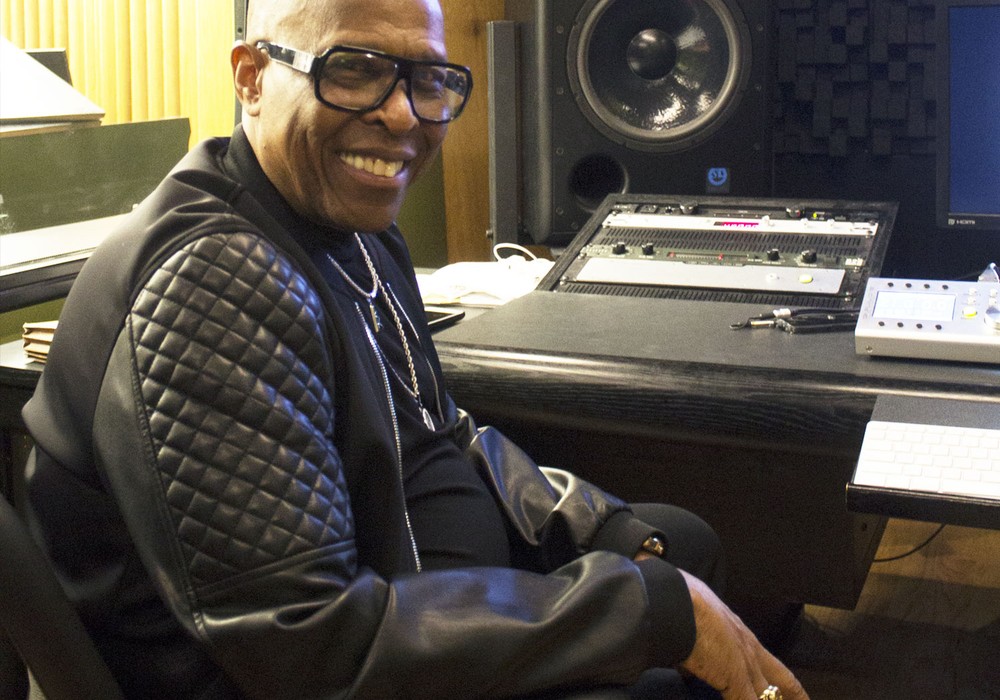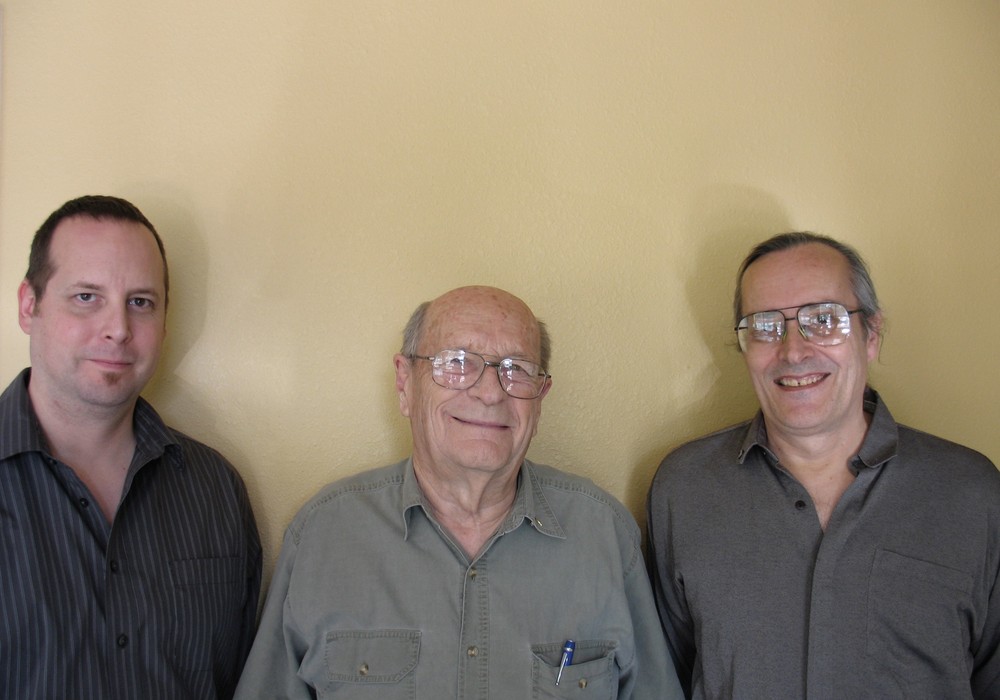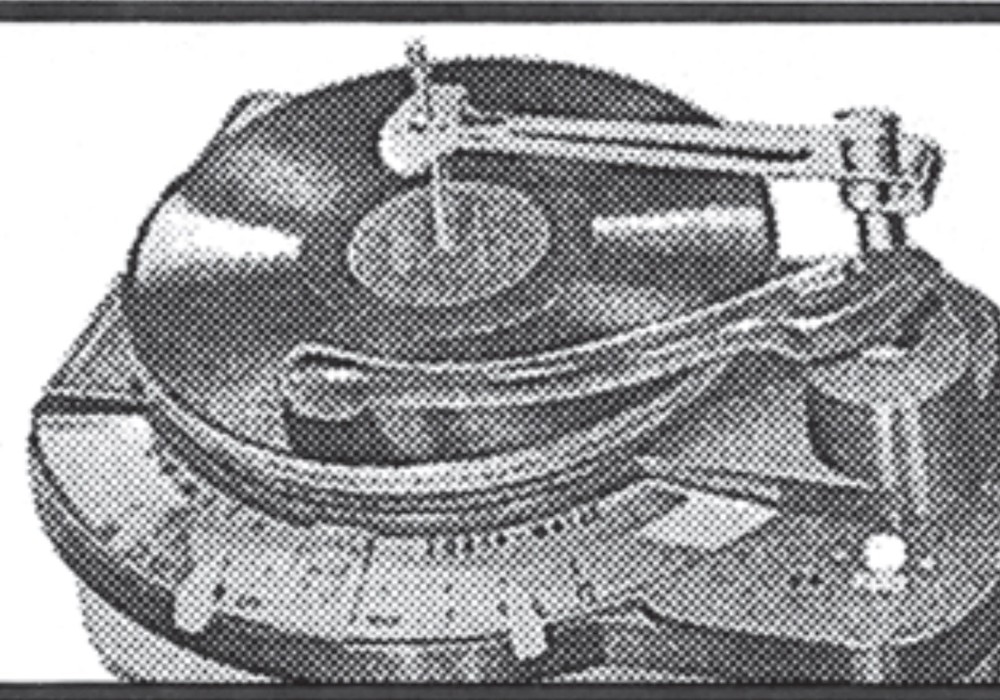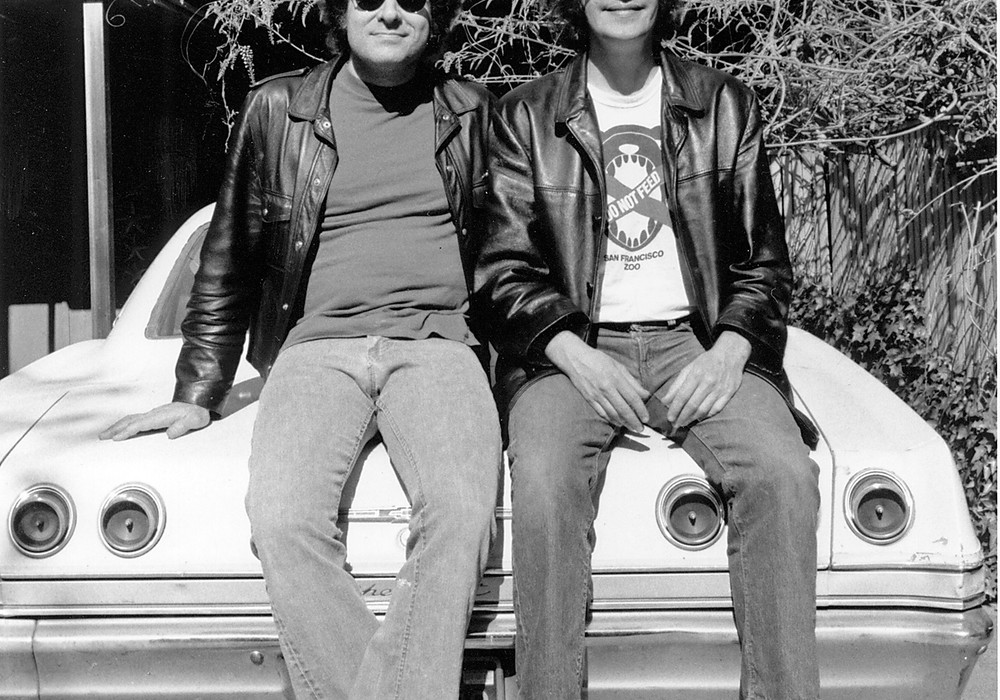Bob Rock is a foundational pillar of modern day rock and metal production, the architect of a drum and guitar sound he pioneered on cornerstone releases, including Mötley Crüe’s Dr. Feelgood and Metallica’s seminal The Black Album, which has sold over 16 million copies and took the heavy metal band mainstream. Looking back on 30 years, Bob Rock’s approach to recording rock and metal has changed the sound of both genres forever. The following is from conversations spread over a few years between 2005 and 2012.
Mötley Crüe’s Dr. Feelgood turned 25 a few years ago. That sound helped usher in a new, mainstream respectability for metal production. What were you hearing differently from the rest of your peers to inspire you?
My production, at that point, was more to do with sonics. In the ‘80s, production was about sonics; about the sound. Coming from an engineering/mixing background, I went into Mötley with that in mind. With Dr. Feelgood, I was trying to make everything as big and powerful as I possibly could. There was no preconception as to what I was doing. It was more like, “Okay, let’s get in there!”
Do you consider pre-production an invaluable and essential part of the record-making process?
Pre-production with me – for every band – is the same. Every time I’ve short-changed pre-production, it’s never really worked. I try to get into a rehearsal hall with a really basic tape recorder and work on all the songs – the structure, the riffs – and find out what’s missing. I work on the drum beats, guitar parts, vocal parts, and figure out what needs to be worked on. It always works; any song worth recording should stand on its own with just one mic in the room. So that’s what I try to do.
Your drum sound is legendary. How did you create and capture that to tape?
Back then it was the beginnings of hip-hop, and I think bottom [end] was becoming bigger and bigger. My mic techniques that I had at that point were all ones I’d picked up from working with the different people. Then, in time, I’d adopted my own sound. Everything is derivative so, for instance, when Bob Clearmountain [Tape Op #84] was in the studio working with Bryan Adams, I’d go in at night after session, look at all the mics, and combine that with other people I had worked with through the years. It was a question of learning good mic’ing techniques. It’s pretty much stayed the drum sound – without being mixed – it’s pretty much what I get these days. Back then, I used a [Sennheiser MD] 421 in the kick, an [Electro-Voice] RE20, and usually a [Shure SM]57 or [Shure SM]86 on the snare. For overheads I used [Neumann U] 87s or [AKG C] 460 Bs, room mics were condensers, and I’ve always double-mic’d my toms; top and bottom. That’s stayed the same, pretty much to today. Metallica records are slightly different. With The Black Album there was maybe another 40% of top-end on everything; I think everything became a little tighter, and there was a lot more damping. A lot of Tommy Lee’s drumming, back then, I think the big shocker there was I had to open up the mics – he was such a loud hitter that he would actually compress the drums. He hit so hard that the drum would almost compress itself, so I remember I would have to back off the mics. It was really a question of trying to tame that energy, as well as getting the right distance on the cymbal mics because of the size of the cymbals. I think the big thing with the sound of the drums on these albums came in the mixing. In mixing it was pretty much Tommy pushing me, and me figuring out a way to make it happen.
You broke some new ground in relation to the hybrid way you built out Tommy Lee’s drum sound on Dr. Feelgood. Could you deconstruct that for us?
By using samples in conjunction with the drum kit to get the weight and the size of the drums. Tommy would tap me on the shoulder and say, “Rockhead, could I have a little more bottom?” Of course we’d add bottom to the kick; the kick would be thumping, and there wouldn’t be any bass [guitar]. Then we’d increase the bass and the definition would be gone. If you listen to the beginning of Dr. Feelgood, what I did was triggered a bass tone with an AMS [digital delay] – like one hit on the bass that’s hammered. And that’s with the kick drum. In mixing the drums on...
